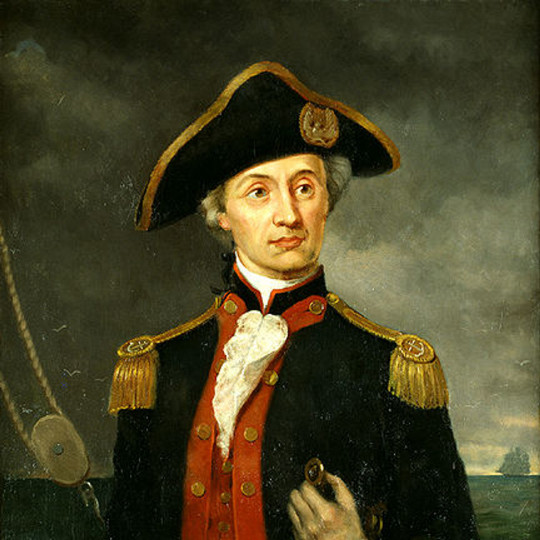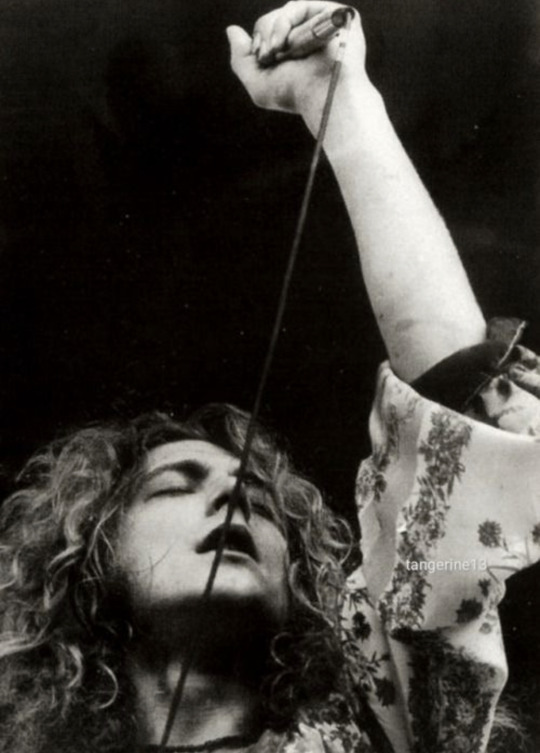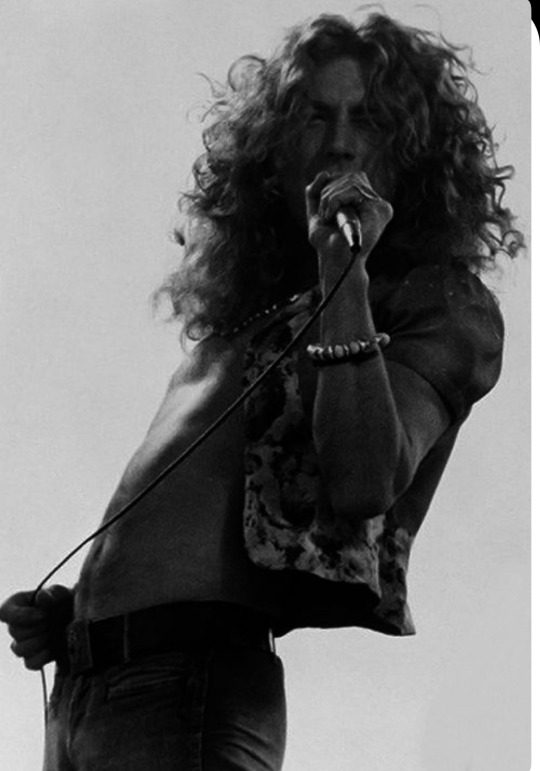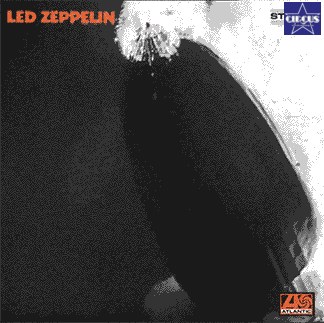#johnpauljons
Photo

John Paul Jones
John Paul Jones (1747-1792) was a Scottish-born sailor who served in the Continental Navy during the American Revolutionary War (1775-1783). His raid on the English port town of Whitehaven in 1778 and his victory over the HMS Serapis the following year turned him into a war hero and led many to consider him the 'Father of the American Navy'.
Jones began his maritime career at the age of 13, serving aboard various merchant vessels and slave ships. After killing a mutinous sailor in the West Indies, he fled to the British colony of Virginia and joined the Continental Navy when the American Revolution broke out in 1775. He was given command of the USS Ranger, which he used to attack British commercial shipping in the Irish and North Seas. He raided Whitehaven, plotted to kidnap the Earl of Selkirk, and commanded the USS Bonhomme Richard in its grueling, 3-hour naval duel with HMS Serapis. These actions cemented Jones' reputation as one of the best naval commanders in US history. After the war, the Continental Navy was disbanded, leading Jones without prospects. He therefore entered the service of the Russian Empire in 1787 but left in disgrace two years later, after sexual assault allegations against him sparked an international scandal. He died in Paris on 18 July 1792 at the age of 45.
Early Life
On 6 July 1747, John Paul was born at the estate of Arbigland in the county of Kirkcudbrightshire, Scotland – he would not add 'Jones' to his name until he came to America. His father was the head gardener at Arbigland and had seven children, five of whom would survive to adulthood. Though John Paul attended the nearby Kirkbean School, his true education occurred at Carsethorn, the local port. He would spend much of his free time there, breathing in the briny sea air, marveling at the comings and goings of ships, and talking with sailors, learning everything he could about life at sea. Paul could not long resist the call of the sea and, at the age of 13, he obtained an apprenticeship with John Younger, a Scottish merchant and shipowner operating out of the English port town of Whitehaven.
It was not long before John Paul embarked on his first voyage, sailing out of Whitehaven aboard one of Younger's vessels, the Friendship, as a ship's boy. The voyage took Paul across the Americas, stopping first at Barbados before sailing up to the British colony of Virginia. Here, Paul briefly reunited with his older brother, Thomas, who had previously emigrated to Fredericksburg, Virginia. In 1764, upon returning to Whitehaven, Paul was released from his apprenticeship early, because Younger's business had gone bankrupt. He found work aboard a slave ship and spent the next three years transporting human cargo from Guinea to Jamaica. In 1766, the 19-year-old Paul became first mate of the slave ship Two Friends, a lucrative position. However, he gradually grew disillusioned with the slave trade and became disgusted at his own role in perpetuating it. In 1768, he abandoned the Two Friends while it was docked in Kingston, Jamaica, and booked passage on a ship bound for Scotland.
Not long into the voyage, both the ship's captain and first mate died of yellow fever. Since there was no one else on board who knew how to navigate a ship, Paul took charge and guided the vessel safely to Scotland. The ship's grateful owners rewarded Paul with ten percent of the vessel's cargo. Impressed with his nautical skills, they also offered him the captaincy of a merchant brig named John. Paul accepted and captained two voyages to the West Indies. It was during his second voyage, in 1770, that Paul had the ship's carpenter flogged with cat-o'-nine-tails as punishment for neglect of duty. The carpenter died at sea several weeks later. When the John returned to port, Paul was arrested and imprisoned at Kirkcudbright Tolbooth, charged by the dead man's father of having caused his death. Paul maintained that the carpenter's death had been unrelated to the flogging, that it had instead been caused by yellow fever. After producing several witnesses to substantiate this claim, Paul was acquitted, although the incident left a dark stain on his reputation.
In 1772, Paul once again sailed into the West Indies, this time captaining a merchant vessel called Betsy. Toward the end of the voyage, in 1773, the Betsy arrived at Tobago, where several sailors decided to stage a mutiny. Paul responded to the mutineers' demands by running the ringleader through with his sword, killing him. Although Paul would always claim that he had acted out of self-defense, he knew that the public opinion in Tobago would be against him, since the man he had killed had been a local. To evade a trial, he fled to mainland North America, where he added 'Jones' to his name to help conceal his identity. After the death of his brother William, he went to Fredericksburg, Virginia, to settle his affairs and decided to live there himself.
Continue reading...
28 notes
·
View notes
Text




Robert Plant black&white
#jimmy page#robert plant#70s#john bonham#john paul jones#led zeppelin#ledzeppelin#jimmypage#70s aesthetic#60s aesthetic#classic rock#60s 70s 80s 90s#70s rock#groupie#70s music#groupies#johnbonham#johnpauljones#robertplant#rock
233 notes
·
View notes
Note
i absolutely adore how you draw omega and was wondering if you have any ~headcanon reasons~ for why he looks less humanoid than your other ghouls!
Thank you!
And yes, I do! It's because of his age and how he encountered the Clergy. Omega wasn't summoned by them, he was found hundreds of years ago. A powerful demon of quintessence, that crawled out of the pit himself, to prey on humans.
Because of this, he wasn't given a human vessel to alter into his own. He was already there, solid, in full demonic form, when the members of the Clergy approached him and offered him a place in their rank. He joined, originally out of amusement of what these silly mortals intended, and that they would provide him a free meal if he grew bored with them.
Omega didn't anticipate growing attached to the dark ministry, and Emeritus bloodline.
69 notes
·
View notes
Photo

Bataille de Flamborough Head
La bataille de Flamborough Head (23 septembre 1779) fut l'un des plus célèbres engagements navals de la guerre d'Indépendance américaine (1775-1783). Combattue au large des côtes du Yorkshire, en Angleterre, elle opposa l'USS Bonhomme Richard, commandé par John Paul Jones, à une frégate de la Royal Navy, le HMS Serapis. Cet engagement constitua une victoire importante pour la marine continentale naissante.
Lire la suite...
2 notes
·
View notes
Photo

#ledzeppelin #nottingham #1971 #nottinghamboatclub #boatclub #nottinghamuk #nottinghamengland #jimmypage #robertplant #johnpauljones #johnbonham #bestbandever #classicrock #hardrock #rocknroll @ledzeppelinsociety #ledzeppelinsociety #mensgraphictees #rockbandtshirts #graphicrockshirt #unisexclothing #vintage #tolkien #steins #coffeemugs #rockbandtees #cannabismerch #marijuanamerch #officialmerchandise #ledzeppelinarchives #spascoe Setlist: Immigrant Song, Heartbreaker, Since I've Been Loving You, Black Dog, Dazed and Confused, Stairway to Heaven, Going to California, What Is and What Should Never Be, Moby Dick, Whole Lotta Love (medley), Communication Breakdown https://www.instagram.com/p/CqDix_FsoBY/?igshid=NGJjMDIxMWI=
#ledzeppelin#nottingham#1971#nottinghamboatclub#boatclub#nottinghamuk#nottinghamengland#jimmypage#robertplant#johnpauljones#johnbonham#bestbandever#classicrock#hardrock#rocknroll#ledzeppelinsociety#mensgraphictees#rockbandtshirts#graphicrockshirt#unisexclothing#vintage#tolkien#steins#coffeemugs#rockbandtees#cannabismerch#marijuanamerch#officialmerchandise#ledzeppelinarchives#spascoe
23 notes
·
View notes
Text

January 12, 1969: Led Zeppelin released their debut record.
Visit👇
🖥️ https://www.circusrockmag.com/dynamic-library 💻
🎪
#LedZeppelin#RobertPlant#JimmyPage#JohnPaulJones#JohnBonham#60s#RockMusic#anniversary#OnThisDay#CIRCUSMagazine#CIRCUS
6 notes
·
View notes
Text
youtube
My choice as the best bass players from that era. These are the bass players that inspired me as I was learning to play as a young musician. #Paulmaccartney #johnentwistle #andyfraser #johnpauljones #chrissquire
#Paulmaccartney#johnentwistle#andyfraser#johnpauljones#chrissquire#bass guitar#guitar#bassist#bass music#bass#youtube#bass player#drum and bass#Youtube
2 notes
·
View notes
Photo

🐰Happy Easter Rockers!! Hope you're having a hoppin' rockin' long weekend..⚡️😎 Here's one of our favs.. Robert Plant & Jimmy Page rockin with Led Zeppelin in Sydney in 1972 by Philip Morris (with a bit of a cheeky add on 😉) ✌️❤️🎶 @robertplantofficial @jimmypage @ledzeppelin @philmorock #happyeaster #easterbunny #robertplant #jimmypage #ledzeppelin #philipmorris #easter #johnbonham #johnpauljones #zeppelin #sydneyshowground #seventies #style #music #icon #muse #rockandroll #musicphotography #wholelottalove #musichistory #stairwaytoheaven #rockicon #legendsneverdie #rockroyalty #bluesfest #rocknroll #blendergallery (at Blender Gallery) https://www.instagram.com/p/CqzwVcyvtAG/?igshid=NGJjMDIxMWI=
#happyeaster#easterbunny#robertplant#jimmypage#ledzeppelin#philipmorris#easter#johnbonham#johnpauljones#zeppelin#sydneyshowground#seventies#style#music#icon#muse#rockandroll#musicphotography#wholelottalove#musichistory#stairwaytoheaven#rockicon#legendsneverdie#rockroyalty#bluesfest#rocknroll#blendergallery
3 notes
·
View notes
Text

@johnpauljones I BOUGHT THE JOOTS
4 notes
·
View notes
Note
i think your blog is stinky and lame.
I think ur mum is stinky and lame
3 notes
·
View notes
Photo

Battle of Flamborough Head
The Battle of Flamborough Head (23 September 1779) was one of the most famous naval engagements of the American Revolutionary War (1775-1783). Fought off the coast of Yorkshire, England, it pitted the USS Bonhomme Richard, commanded by John Paul Jones, against a Royal Navy frigate, HMS Serapis. The engagement was an important victory for the burgeoning Continental Navy.
The Expedition Sets Sail
On 14 August 1779, a small fleet of seven vessels set sail from the port of Groix, France, with the intention of wreaking as much havoc as possible in the British Isles. The Kingdom of France had officially entered the American Revolutionary War the year before as an ally of the fledgling United States and had since provided the Americans with military and financial aid. The French had outfitted the ships for the expedition including the flagship, a 42-gun converted merchant vessel called the Duc de Duras, which was gifted to the United States. The makeshift fleet was under the overall command of Captain John Paul Jones, a Scottish-born officer of the Continental Navy, who had recently won international fame for his daring raid on the English port town of Whitehaven in April 1778.
Prior to sailing, Jones renamed the Duc de Duras to the USS Bonhomme Richard; this was in honor of his friend, Benjamin Franklin, whose celebrated Poor Richard's Almanac was translated into French as Les Maximes du Bonhomme Richard. The other ships under his command included the 36-gun frigate USS Alliance, the 32-gun frigate USS Pallas, the 12-gun corvette USS Vengeance, and the cutter Le Cerf, as well as two privateering vessels, the Monsieur and the Granville. Since the ships were setting sail from France, they were mainly crewed by French sailors (except for the Bonhomme Richard itself) and were captained by French naval officers. After raising anchor on 14 August, the fleet sailed toward the southern coast of Ireland.
Trouble beset the expedition almost immediately. On 18 August, they recaptured a Dutch vessel that had previously been taken by a British privateer. The captain of the Monsieur raided the cargo hold of the captured vessel, taking what he pleased before selecting a prize crew to sail it back to Belgium for sale. Jones overrode these orders, however, putting his own prize crew in place and sending it back to France to be sold in his own name. This enraged the captain of the Monsieur, who felt entitled to the prize. That night, the Monsieur abandoned the fleet with the other privateer, Granville, leaving not long after. Jones was hardly surprised by the disloyalty of the privateers but would soon be faced with more discontent from within his ranks. The aristocratic French naval officers under his command despised taking orders from a provincial, Scottish-born American and were not afraid to show their displeasure; Pierre Landais, captain of USS Alliance, was the most outspoken of this group, flatly telling Jones that he intended to sail Alliance as he saw fit.
After the departure of the privateers, Jones' remaining five ships sailed up around the southwest of Ireland before heading north. In late August, Jones sent Le Cerf to reconnoiter the Irish coast, but the cutter soon became lost; after failing to find its way back to the fleet, Le Cerf turned around and sailed back to France. Jones, meanwhile, continued northward with his remaining ships, sailing along the coast of Scotland. Despite the expedition's rocky start, it finally began to prove profitable, as the Franco-Americans took several British merchant vessels as prizes along the Scottish coast. On 3 September, Jones' fleet rounded the Orkney Islands and turned south. He put a landing party ashore at Leith, the seaport of Edinburgh, with instructions to threaten to burn the port unless the residents paid a large ransom. But before the threat could even be made, a strong gale blew Jones' ships away from the bay, forcing him to call off the raid. Nevertheless, the sight of Jones' fleet off the coast of Scotland was enough to cause panic and alarm throughout Great Britain.
Continue reading...
21 notes
·
View notes
Video
youtube
Why 'Stairway to Heaven' is a Timeless Classic #shorts
#youtube#ledzepplin ledzeppelin jimmypage ledzeppelinfans robertplant ledzep s rock johnbonham johnpauljones hardrock stairwaytoheaven rocknroll musi
0 notes
Link
un vistazo a la historia de la banda y a John Paul Jones.
0 notes
Photo

John Paul Jones
John Paul Jones (1747-1792) était un marin d'origine écossaise qui servit dans la marine continentale pendant la guerre d'Indépendance américaine (1775-1783). Son raid sur la ville portuaire anglaise de Whitehaven en 1778 et sa victoire sur le HMS Serapis l'année suivante ont fait de lui un héros de guerre et l'ont amené à être considéré comme le "père de la marine américaine".
Lire la suite...
2 notes
·
View notes

